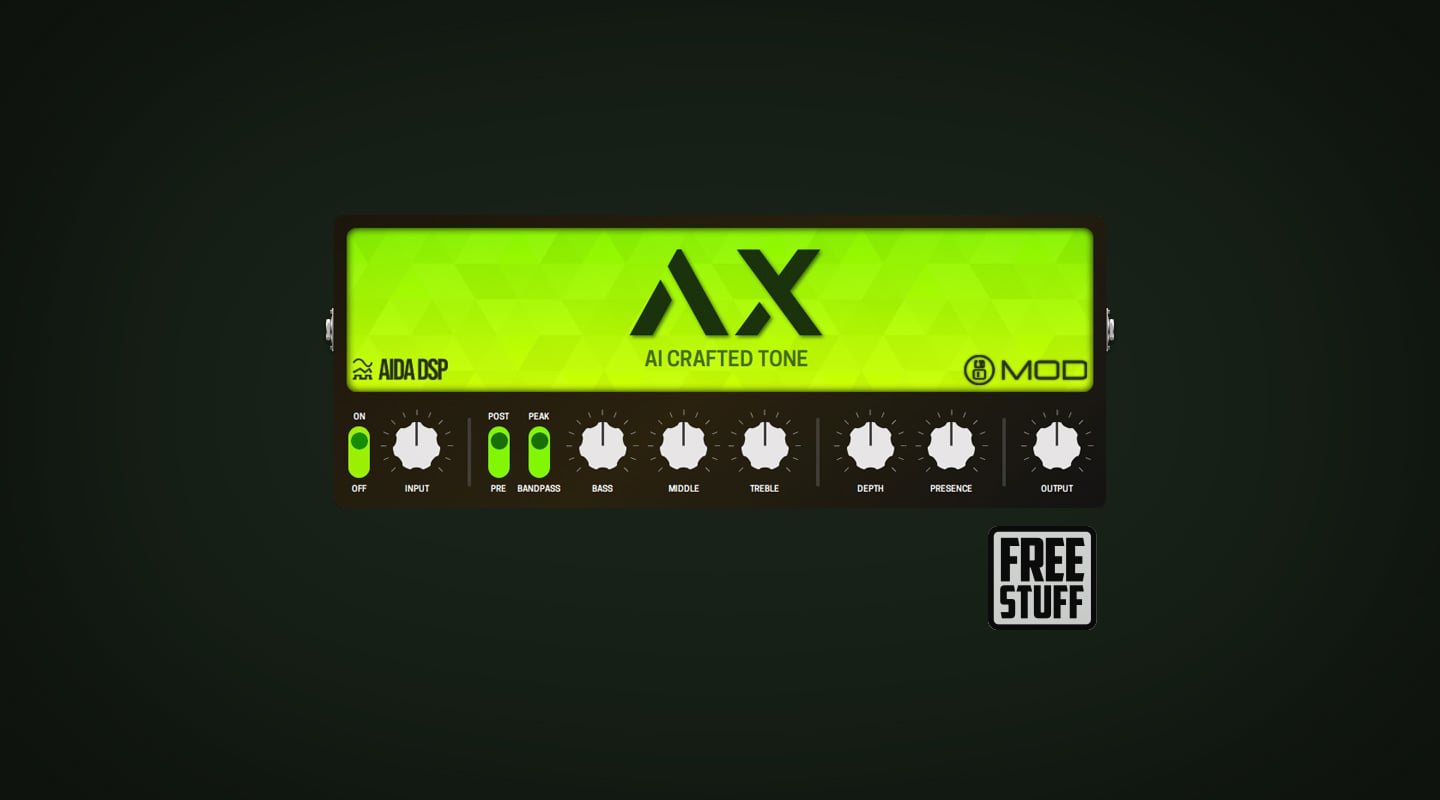
MOD Audio & AIDA DSP: AIDA-X
A free neural model player for MOD pedals, VST & standalone.
Gianfranco Ceccolini, MOD Devices founder, had a dream of having a multi-effects pedal that would never run out of effects, did not need a computer to be used on the stage, and could withstand the scrutiny of audiophiles everywhere. He set out to design a digital pedal that would provide both creative freedom, and practicality when performing live. With the help of free software developers the MOD ecosystem came to life, and combined analog-digital hybrid hardware, an intuitive graphical interface, a Plugin Store, and the Pedalboard sharing platform.
The team at Aida DSP are both musicians and engineers who like to invent new things as much as learning to play new instruments. The group started in 2015 and developed the Aida DSP Arduino Shield. This led to an Arduino library to control Sigma DSP from Analog Devices which was an open source release. After a reshuffle of contributors in 2016, 2017 saw work on the early development of the Aida DSP Stompbox begin. In 2018 the first prototype of Aida DSP OS was presented at Torino Mini Maker Faire where it captured the attention of the public.
MOD Audio formed a partnership with AIDA DSP, to speed up development of the AIDA-X neural model player, and has now been released as a free plugin. This brings a new level of sound quality, flexibility, and ease of use to the MOD Audio ecosystem. For those outside of that, it is also available as a free VST, and as a standalone desktop program.
It uses advanced combined models, made from multiple captures at different gain stages, and allows real gain adjustment of the model. Neural modelling is a breakthrough technology that utilises machine learning algorithms to analyse and emulate the complex behaviours of real-world audio equipment, and by training neural networks users can create accurate and dynamic models of guitar amps, cabinets, pedals, and more. The result is a level of realism and detail that was previously impossible to achieve with traditional modelling methods.
Its main intended use is to provide high fidelity simulations of amplifiers, however it is also possible to run entire signal chains consisting of any combination of amplifier, cabinet, distortion, drive, fuzz, boost, and EQ. Now all you need to to start cloning your own amps and pedals is a computer with a sound card.


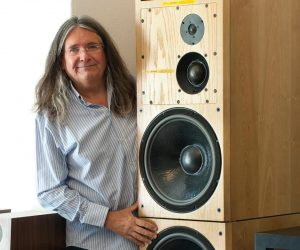

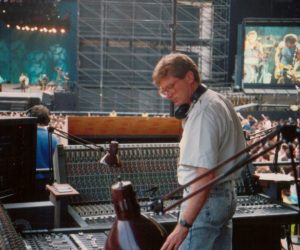

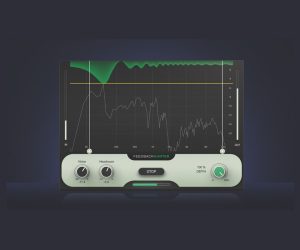
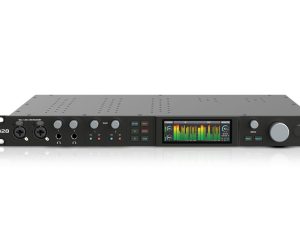

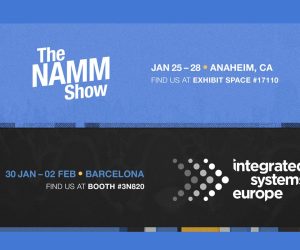
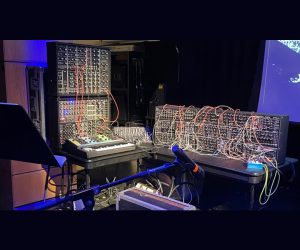



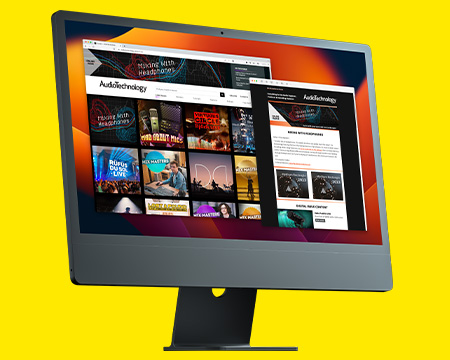
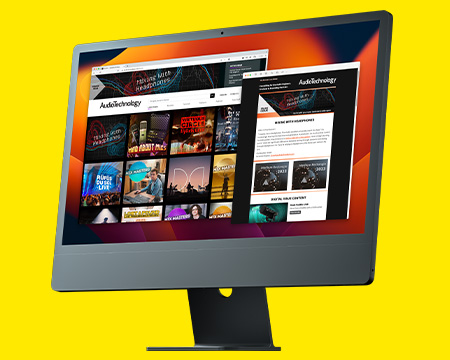
RESPONSES